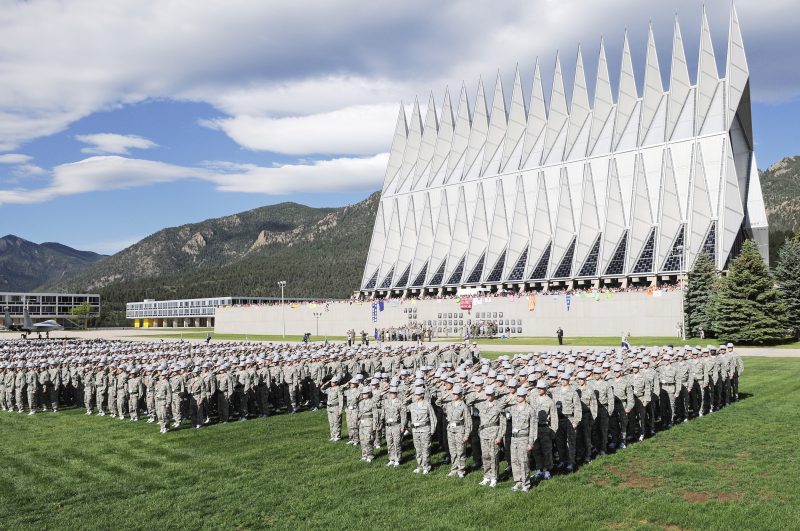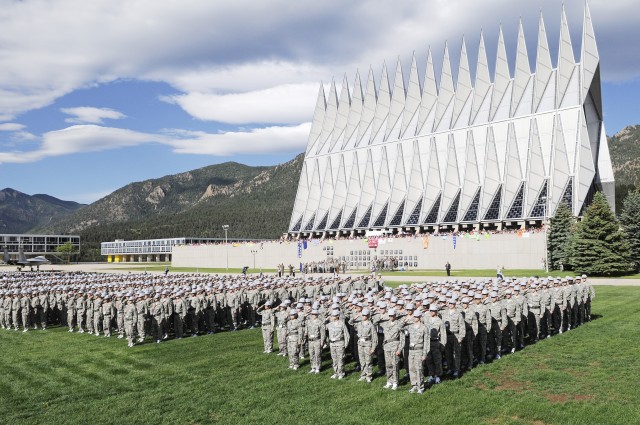Seventeen heroes of World War Two has built a long term friendship among themselves through the pain, camaraderie and valour they shared together while in captivity and imprisoned in Germany’s Stalag Luft III camp. Their friendship is now more like an extended family as it comprises of wives, children and grandchildren.
All in their 90’s, the camp survivors along with over 100 family members gathered together in Colorado to retrace the persistence, pain, camaraderie and valour they shared at the camp. Hosting a massive collection of World War Two prisoner-of-war materials which includes those from Stalag Luft III camp, the Air Force Academy in Colorado Springs was the perfect place for the veterans to gather and see an exhibition of their past.
One of the attendance was Don Shearer. He was a B-26 gunner from West Virginia who after being shot, hid from the German army before he was captured two weeks later and imprisoned.
Talking about how prisoners used dirt to disguise escape traces, Shearer said they had socks of dirt in their pockets and would allow dirt to run through the leg of their trousers. The academy has a collection of the prisoners’ escape agenda. As part of their escape strategy, prisoners had secret maps, made camouflages as well as fake German documents.
The academy also host a lot of letters that World War Two prisoners wrote to their families while in detention. It also host a large collection of photos that prisoners took with secret cameras to enable them document life in the camp.
Superintendent Lt. Gen. A.P. Clark was one of the first American Prisoner of war (POW) taken to the camp. He was tasked with gathering materials that were needed for “The Great Escape.” As a result, he was able to write a book about his life in the camp after the war. Clark’s scrapbook collections along with the memorabilia that were donated by other former prisoners are what makes up the academy’s collection.
Many former prisoners go down memory lane about their life in the camp when they visit the academy. And for Edward Dement, it was no different. After spending the day at the academy, the former B-24 nose gunner wished he could stay there all day. He was shot down in 1944, The Denver Post reports.
For family member, visiting the academy gave them a glimpse of history into never before seen experiences of their parents.
Jim Blackstone was one visitor that saw a never before seen cartoon that was drawn by his father. It showed how the older Blackstone went through detention with humour and poise. His father died too young, he said. Realising the man never had the chance to his children about his World War Two experiences.

